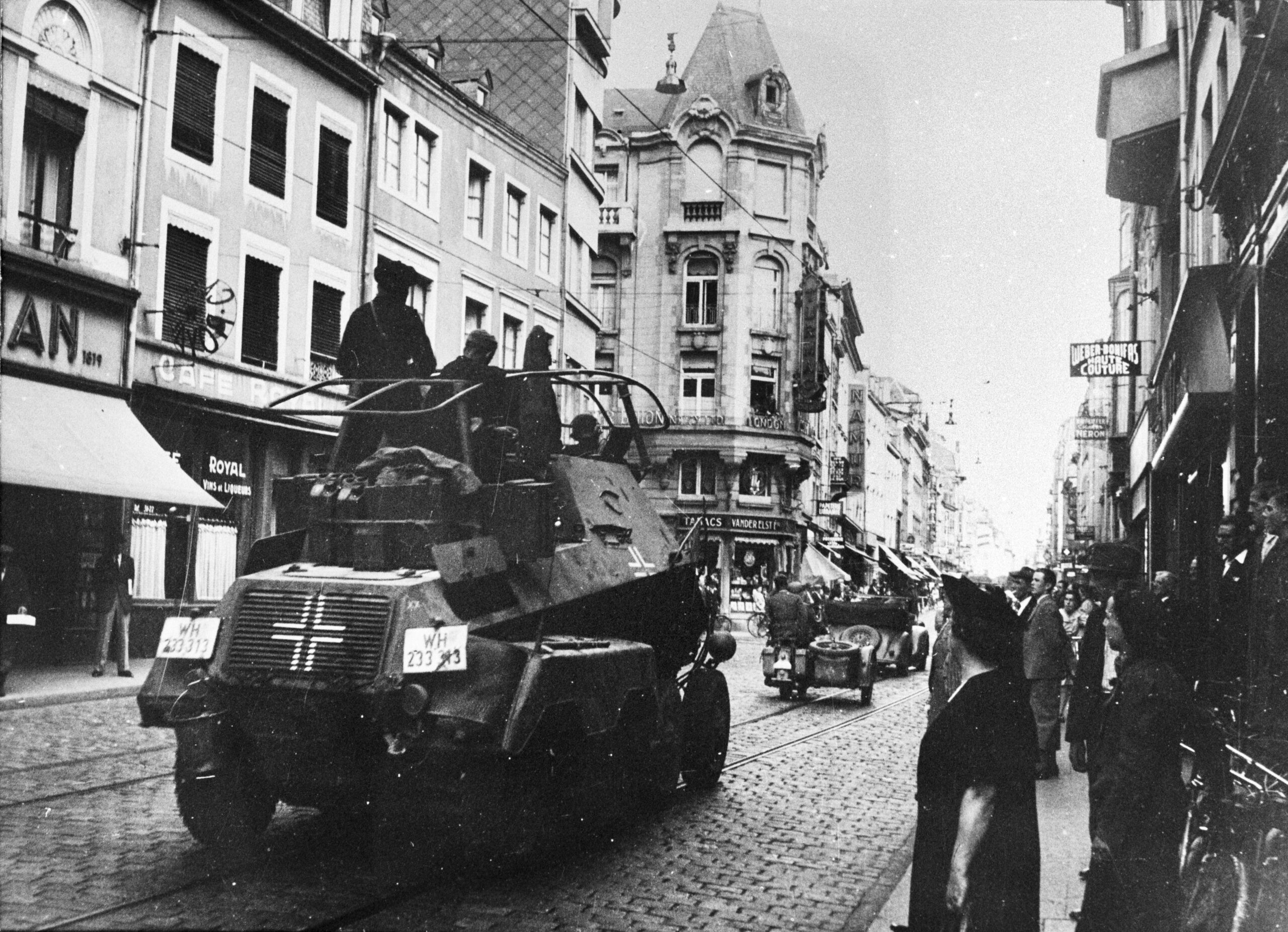
Header photo German armed vehicles roll through Luxembourg City on 10 May 1940. © Photothèque de la ville de Luxembourg. Author unknown.
The calm before the storm
Pierre Schon was born on 8 April 1915 on the family farm in the small village of Doennange in the north of the Luxembourg, in the Luxembourg Ardennes. Part of a farming family stretching back ten generations, his father Jean Schon (1875) and mother Catherine Dengler (1868) had seven children. Three older sisters, Marguerite, Rosalie and Anne-Marie, an older brother Nic, Pierre and younger brothers Mich and Franz. Two of the children died during childhood. Anne-Marie was only 6 and Franz 11 years old. Pierre went to school in the village then, as was customary at the time, worked afterwards on his parent’s farm.
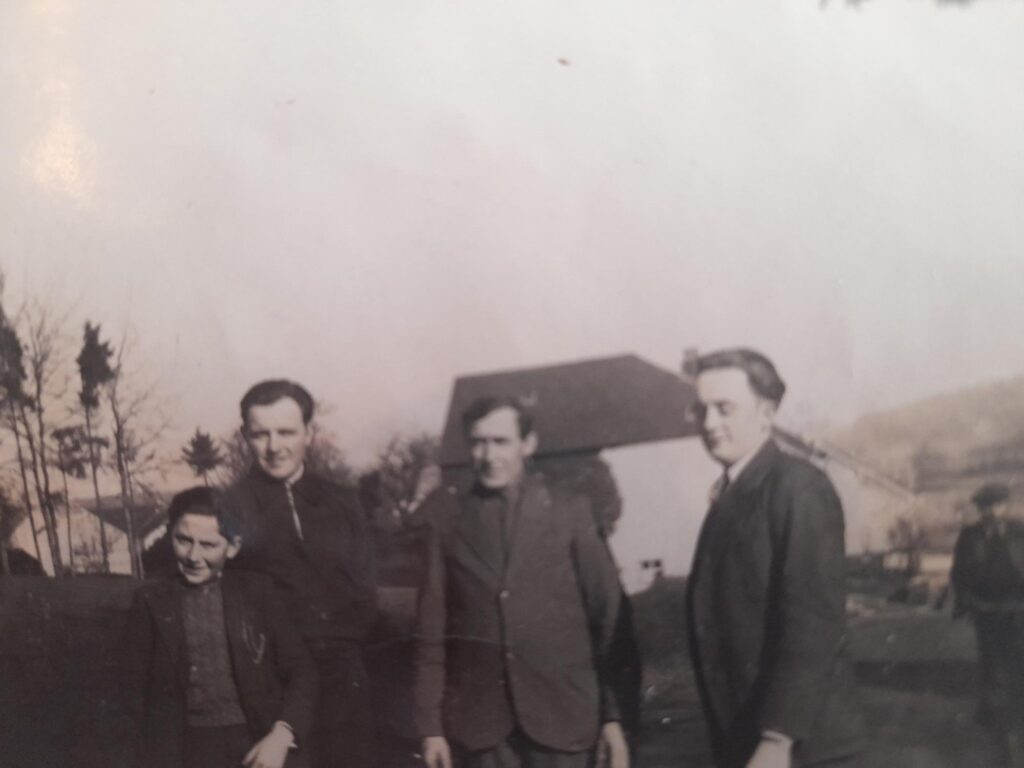
Pierre second from left with his older brother Nic and younger brother Mich, dressed in their Sunday best. Doennange 1939
Working conditions were tough with most work done by hand or with the help of horses and oxen. Crop rotation and mixed farming were common, with families growing potatoes, rye, oats, and barley, while also keeping cows, pigs, and chickens for subsistence. Families worked together, with men handling plowing and heavy labour, while women managed dairy production, gardening, and household chores. Children helped early, often balancing school with farm duties. However, there was a close family and strong community spirit.
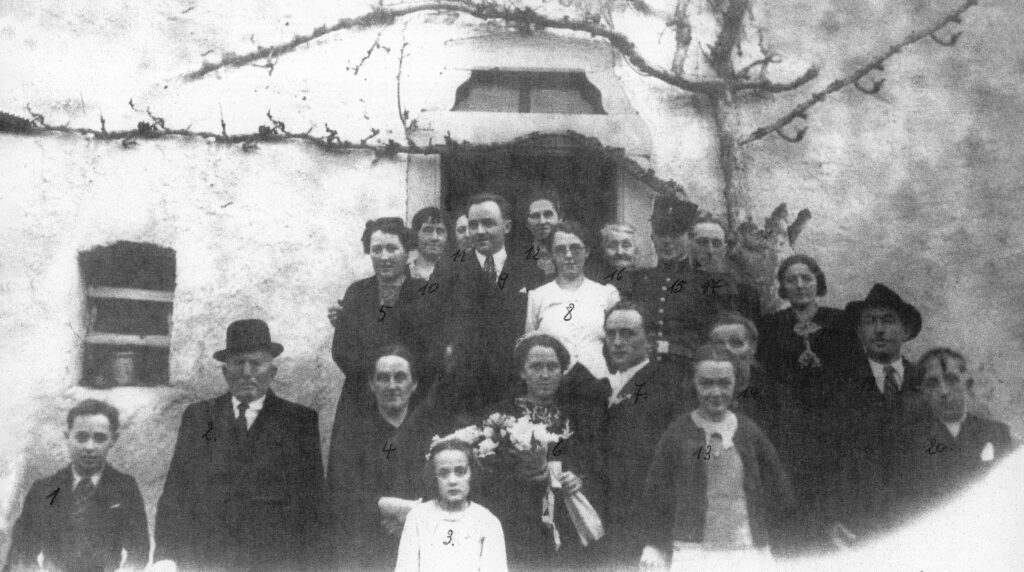
Family photo 1 December 1939. Marriage of Nic, Pierre`s older brother, to Albertine Erdel. Pierre Schon second row second from left.
In May 1940 this tranquille existence would be turned upside down as Luxembourg’s close to 300,000 inhabitants would enter the darkest period of the country’s history.
An unwelcome visit
Early on the morning of May 10th 1940 German tanks rumbled over the border into Luxembourg and by the end of the day most of the country was under Nazi occupation.
The Nazi invasion of Luxembourg was a part of the larger military campaign known as the Western Campaign or Battle of France. The Germans viewed Luxembourg as a stepping stone to bypass the heavily fortified Maginot Line, which was France’s primary defence against invasion from the east.
On the same day, 10 May, Germany also launched the invasion of Belgium, and the Netherlands using the Blitzkrieg (lightning war) tactics involving rapid movements of tanks, infantry, and air support to overwhelm the enemy before they could effectively respond. The Dutch surrender came after the bombing of Rotterdam and other cities, which devastated the country. The Netherlands was fully occupied by the Germans by May 15, 1940. The Belgian army put up a fierce fight but eventually surrendered on May 28, 1940.
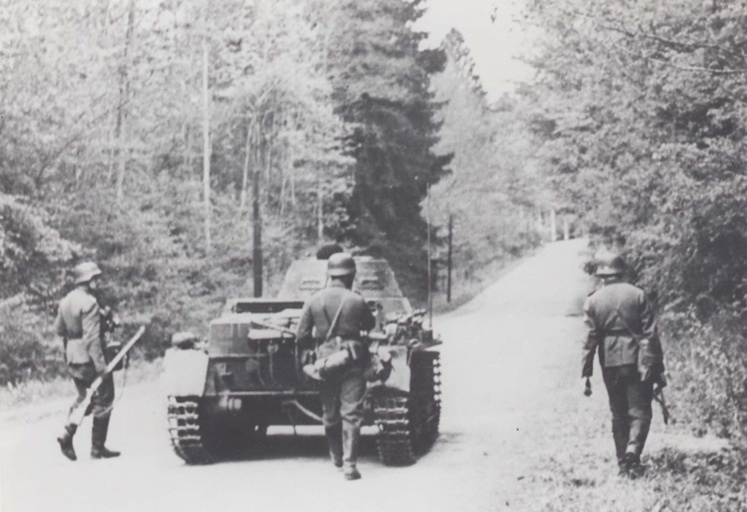
Photo © ANLux FD005-01-099. A small German tank approaches the Belgian border
Meanwhile the Germans continued their offensive targeting France. The German advance through Belgium and the Ardennes caught the French and British forces off guard. The French army, relying on the Maginot Line, was thinly spread and unable to mount a coherent defence.
The German breakthrough into France forced a retreat of the British and French armies. The Dunkirk evacuation (26 May – 4 June, 1940) was a key moment in the war, where more than 338,000 British and French soldiers were evacuated from the beaches of Dunkirk back to Britain, many by small privately owned boats, marking a significant but temporary defeat for the Allies.
Evacuation of Dunkirk. Photo Charles Ernest Cundall (public domain)
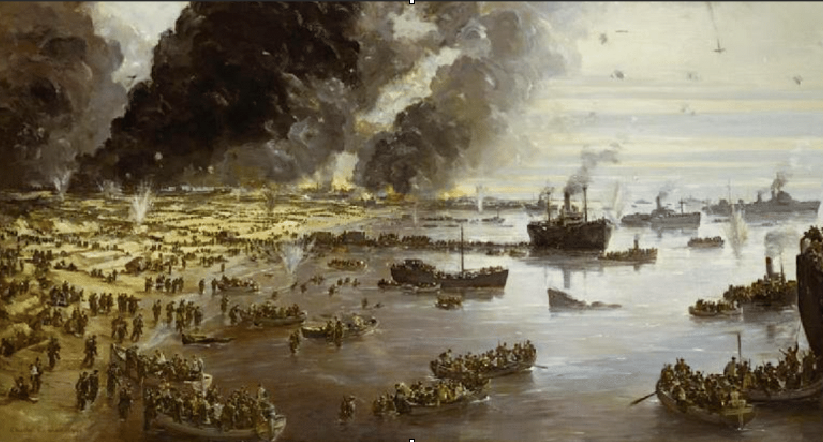
The French government formally surrendered on June 22. This led to the division of France into an occupied zone and the Vichy government-controlled Free Zone in the southern part of the country.
Within just six weeks, most of Western Europe had fallen under Nazi control, a totalitarian dictatorship defined by aggressive nationalism, militarism, and a racially driven ideology. The speed of the occupation came as a shock but initial disbelief soon gave way to indignation. Across the Allied countries, resistance movements began to form and would remain active throughout the duration of the war, continuing the fight for freedom during four and a half long years.

Photo © ANLux FD005-01-104. German troops marching through Luxembourg the afternoon of 10 May 1940
Gallery
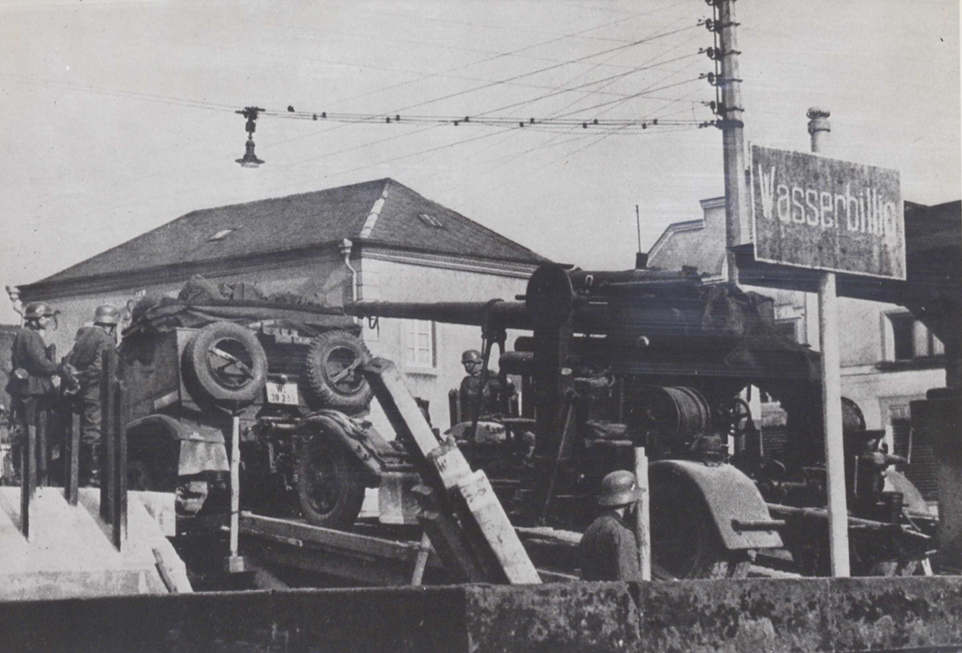
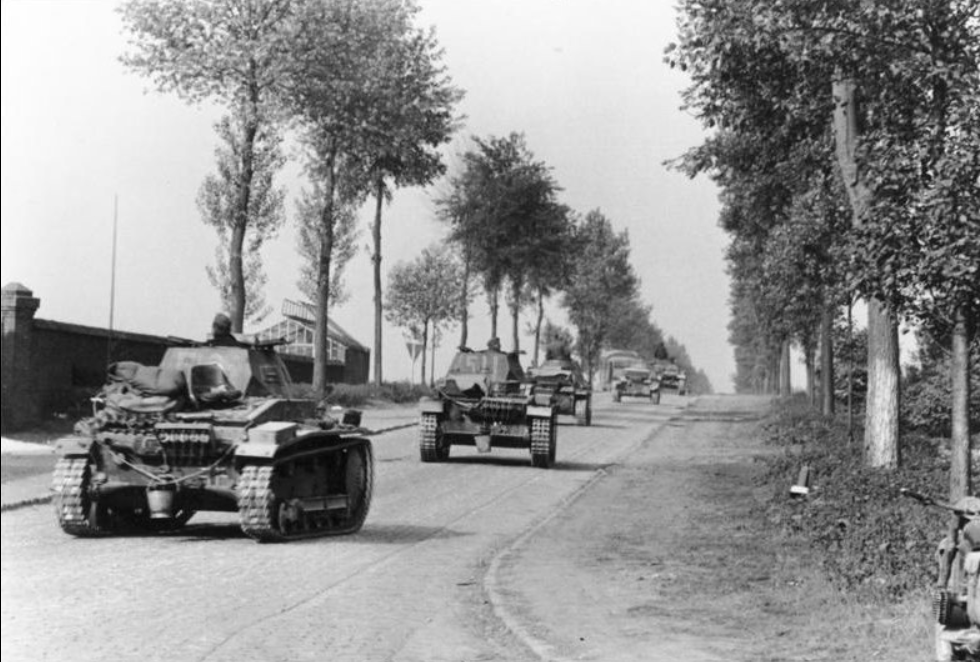
Photo above left: Germans cross the border in Wasserbillig 10 May 1940 with an 8.8 cm anti-aircraft gun. Photo © ANLux FD 005-01-101. Right: German tanks rolling through Belgium May 1940. Photo Bundesarchiv 101I-127-0396-13A